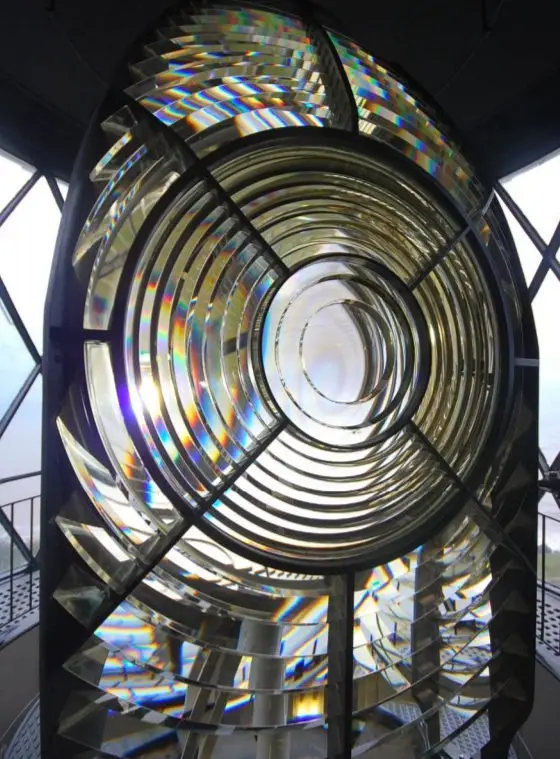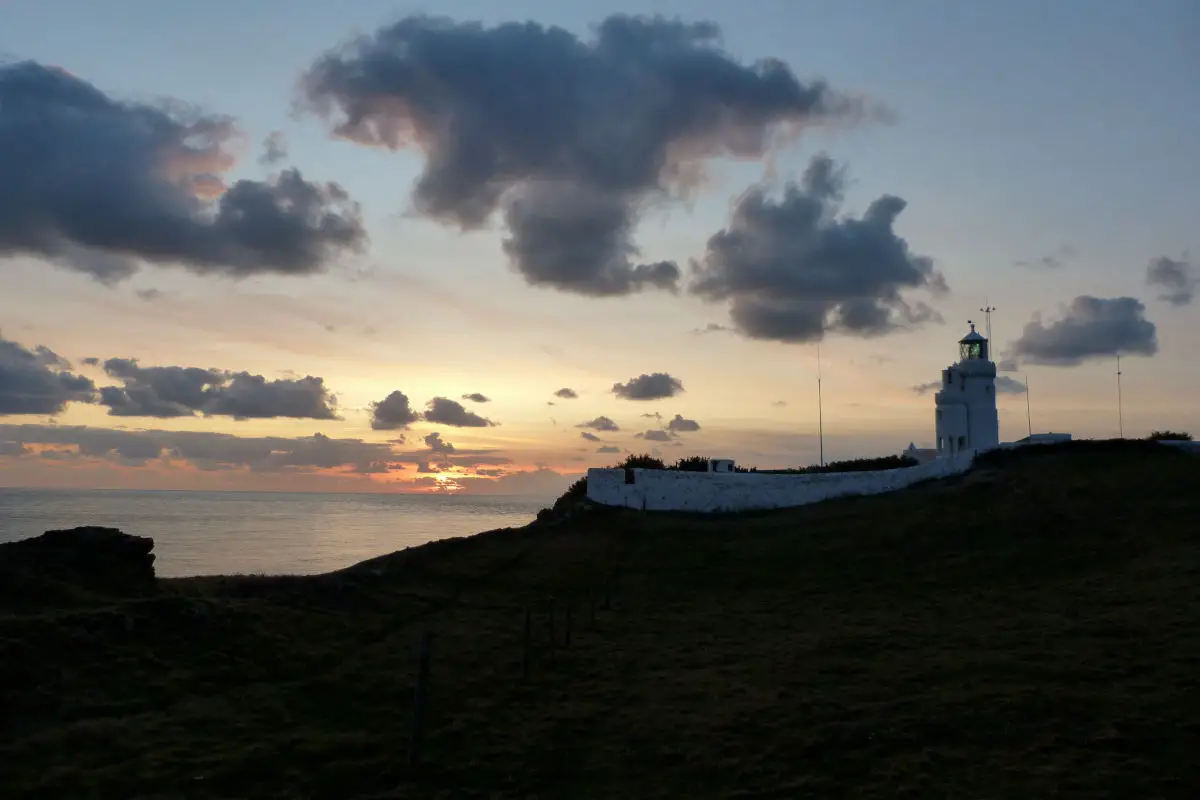Plans have been submitted to replace the century-old lens and mercury bath rotating system at St Catherine’s Lighthouse with greener LED lights.
The Corporation of Trinity House, which manages lighthouses for England, Wales, Gibraltar and the Channel Islands, has submitted the proposals to the Isle of Wight Council in its latest round of modernisation.
Every 25 years Trinity House modernises the lighthouses it owns to reliably and efficiently meet the requirements an aid of navigation will have for the next 25 years of use.
Decommission the mercury bearing bath
This time around, following the previous upgrades made to St Catherine’s Lighthouse at Niton in 1997, Trinity House has made the decision to decommission the mercury bearing bath used to float and rotate the lens and provide a static LED system in its place.
This means the existing lens, which was installed around 1904 according to Trinity House, the light pedestal, service stage railings and cleaning platform in the lantern room will all be removed.

A new platform and railings will replace the existing ones, if planning permission is approved.
Mercury potentially very harmful to humans
While removing the lens is of historical significance, the company says it is justified as it looks to decommission all the remaining mercury baths in its lighthouses as the substance is potentially very harmful to humans.
Trinity House has said, however, it is trying to minimise the impact the proposed changes will have to the heritage of the lighthouse.
Low power consumption and maintenance
In planning documents, the company explains how the new static light source will still have a significant range but with low power consumption and low maintenance requirements which is perfect for the remote, unattended lighthouse.
It also says it wishes to retain the artefacts removed from the lighthouse, which is Grade II listed and originally built in 1838, and will, if possible, keep them at the lighthouse or put them on public display elsewhere.
Article edit
10.40am 22nd August 2020 – missing zero added to headline
This article is from the BBC’s LDRS (Local Democracy Reporter Service) scheme, which OnTheWight is taking part in. Some alterations and additions may be been made by OnTheWight. Ed





